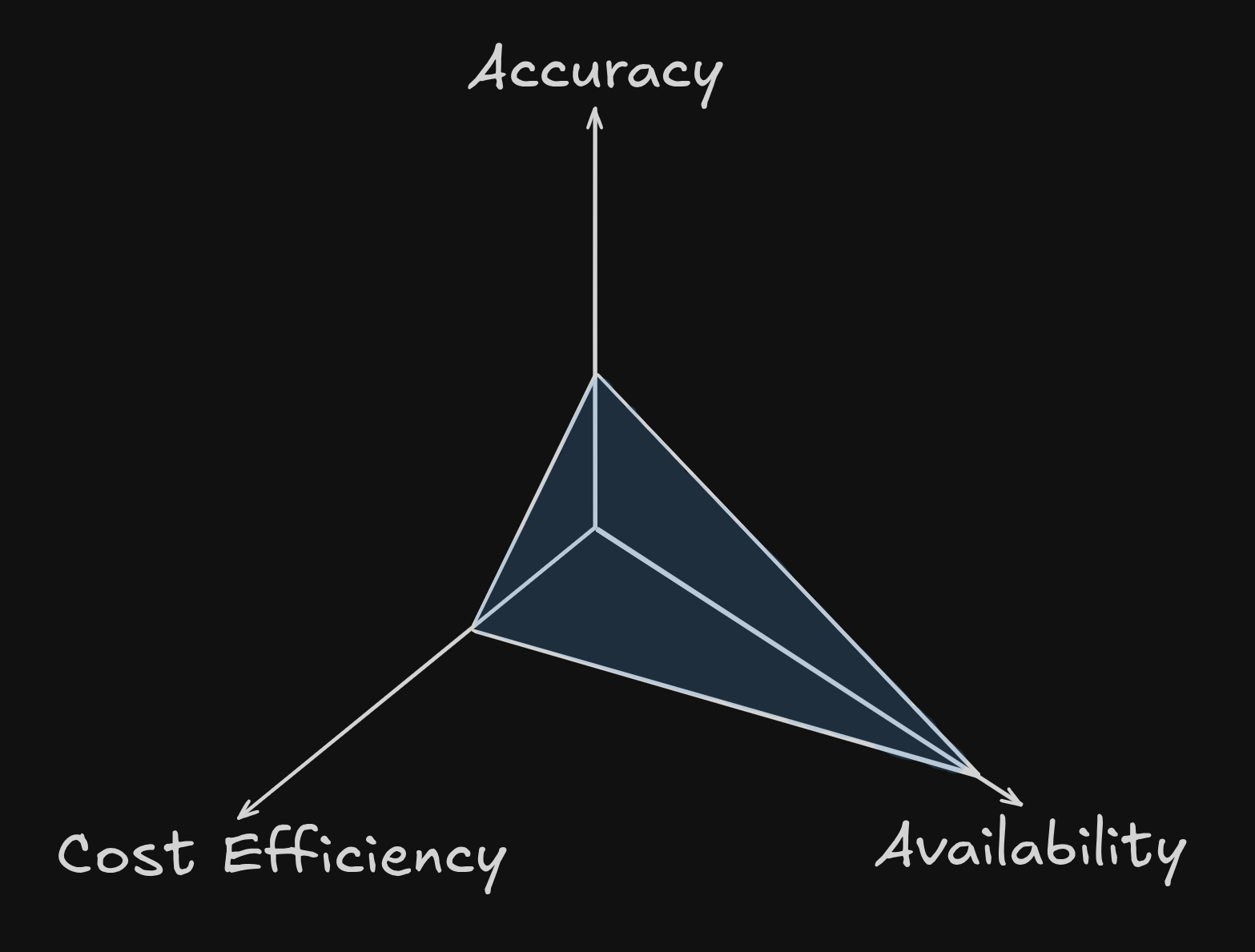Overview
Understand why Orca exists and how it works.
Welcome to Orca - the orchestration framework for running analytics on real-world data, at scale.
Orca was built to solve a problem that we, at Predixus, have seen our customers struggle with repeatedly:
How do you process timeseries data at scale?
The common solution is to build a custom processing framework. But as data throughput increases and the business evolves, these systems often begin to creak under pressure. That’s why we built Orca - to eliminate the engineering burden of building and maintaining production-grade timeseries analysis pipelines, so teams can focus on what actually creates value - the analysis.
The Timeseries Pattern
Most data generated from the physical world has two core properties: it evolves over state, and it flows through time. Time introduces unique challenges when processing this data at scale. The primary issue is simple but profound:
Real-world data just keeps arriving.
It’s endless and continuous. So any processing must be both reliable and ongoing.
A common way to handle this is to define time windows - bounded regions over which to run analyses. Each window is processed independently. This strategy was formalized by Google in the Dataflow model. However, it introduces tradeoffs between availability, consistency, and accuracy.
Let’s look at two different ways to approach this.
Low-Frequency Windowing
Imagine a window that triggers only once an event completes. This top-level window (Window Type A) encompasses the full duration of the event. Once triggered, it identifies subregions of interest (Window Type B), which may then trigger further dependent windows (Window Type C).

In this setup, the results from Window Types B and C are only available after Window A has been triggered and its processing completed. But here’s the problem: the data required for B and C might already exist - it just hasn’t been processed yet. This introduces unnecessary latency.
However, there’s a tradeoff:

- Cost efficiency is high - we process everything in one go.
- Accuracy is high - waiting ensures more data is available.
- Availability is low - results are delayed until Window A completes.
High-Frequency Windowing
Now consider a different scheme: Windows are triggered on a fixed schedule (e.g. using CRON), checking frequently if conditions for downstream windows (Type B and C) are met.

Under this strategy, results are produced as soon as possible - often before the full event has concluded.

- Availability is high - results are produced quickly.
- Accuracy may be lower - not all necessary data may have arrived.
- Cost efficiency is lower - constant polling and frequent computation are expensive.
Both approaches are valid and should be chosen based on your business requirements. The key insight is this:
The way you structure window triggering allows you to tune the tradeoff between Availability, Cost, and Accuracy.
Your framework should make this configuration seamless. That’s exactly what Orca is designed to do.
Orca’s Approach
To support this flexibility, Orca takes an opinionated but practical stance:
- A separate orchestrator to manage window triggering
- Full user control over how windows are defined and what algorithms run on them
- Transparent dependency management between different analytics layers
Separate Orchestrator
Orca decouples the orchestration logic from your analytics code. This separation allows for consistent scheduling, triggering, and coordination of window-based processing - regardless of the underlying business logic or data model.
User Control
You define the window types. You decide how and when they are triggered. And you specify which algorithms depend on them. Orca provides a simple yet powerful API to make this process intuitive and repeatable.
Dependency Management
Analytics often depend on the results of prior computations. Orca lets you declare dependencies between windows and their outputs, so you can build rich, layered analytical pipelines - without manually wiring together processing stages or managing execution order.
Orca exists to bring order to the chaos of real-world data streams - by giving you control over how, when, and in what order your analytics run.
Get Started
Orca is built to empower teams to move fast with confidence.
If you’re ready to dive in, check out the Quickstart Guide to see how to define your first windows, configure dependencies, and run your first analytics pipeline.

